Practitioners use digital tools and techniques to enhance teaching learning and assessment so that all learners achieve the right level of digital skills for them. Staff are happy to experiment and innovate, sharing their experiences with colleagues.
All learners achieve a level of digital skills appropriate to their learning programme and individual goals.
Breaking through: stories of effective digital practice from UK further education (FE) and skills
Jisc Training for digital skills
Enhancing the digital student experience
Designing for digital capabilities in the curriculum
Member stories "Learners shaping their own digital experience" [Case study]
A diagnostic approach is used to assess learners’ digital skills, and as a baseline to measure their progress and outcomes.
Appropriate digital technologies are used to enhance learning delivery, support assessment, and help staff respond to learners’ individual preferences, attitudes and abilities.
Designing learning and assessment in a digital age
Enhancing assessment and feedback with technology: For FE and Skills
Jisc Training for digital skills
Assessment and feedback: stories of effective practice
Widening participation Quick Guide
ETF's Enhance Digital Teaching Platform
Digital Learning Resources in FE Teaching Toolkit
Recording lectures: legal considerations. Clarifying the legal aspects of recording lectures at UK further and higher education institutions.
Effective design and use of digital learning resources – collected project materials
Building bonds with new learners online
Inclusive tools, technologies and systems are used appropriately to engage, support, stretch and challenge learners.
Getting Started with Accessibility and Inclusion
Jisc Training accessibility and inclusion
Jisc Training for digital skills
Jisc Training library support
Widening participation Quick Guide
Inclusive digital practice and digital wellbeing Jisc quick guide
Digital Inclusion Toolkit for senior managers
Staff are empowered to explore experimental and innovative approaches to digital learning, to evaluate and reflect on the outcomes, and to share good practice and lessons learnt.
Designing learning and assessment in a digital age
Implementing blended learning across your organisation
Digital Leaders Programme
Enhancing the students digital experience: a strategic approach
AoC guidance to help colleges use technology to work efficiently and to innovate in teaching and learning
Getting started with immersive technology
Providers enable effective, accessible and inclusive teaching, learning, assessment and support through co-ordination of virtual and physical learning spaces.
Apprenticeship Toolkit
Develop your students’ employability skills through technology
Professional teaching standards for the further education and work-based learning sectors in Wales
Employability plan
Designing learning and assessment in a digital age
Engaging learners - stories of effective digital practice from UK FE and Skills
Digital Pedagogy Toolkit
Intellectual property rights in a digital world
Digital learning resources in FE teaching toolkit
Effective design and use of digital learning resources – collected project materials
Active learning in a digital world